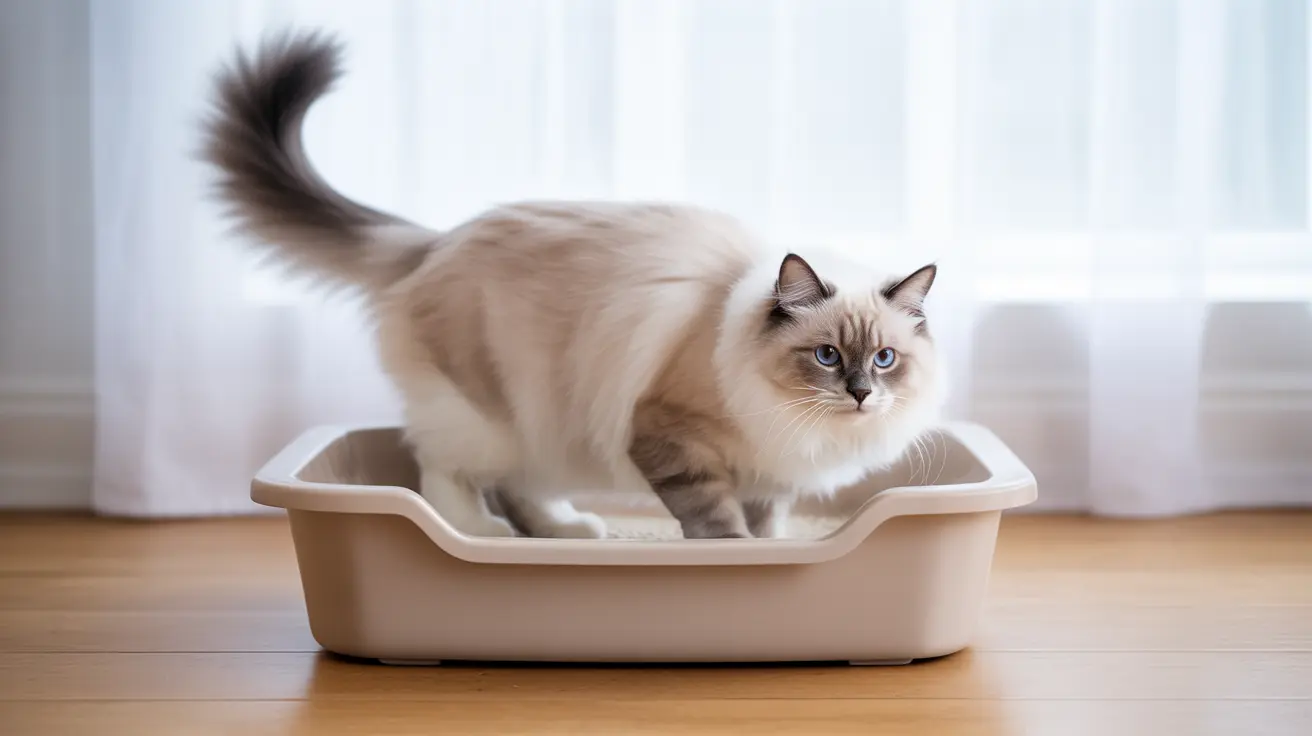Why Senior Cats Need Low-Sided Litter Boxes
Senior cats, particularly those 11 years and older, often struggle with traditional litter boxes due to decreased mobility and joint pain. A low-sided litter box removes the physical barrier that makes entering and exiting difficult, encouraging regular use and maintaining proper elimination habits.
Arthritis affects up to 90% of senior cats, making high-sided boxes particularly challenging. The strain of stepping over tall sides can cause pain and discourage litter box use, leading to accidents around the house.
Choosing the Right Low-Sided Litter Box
Entry Height Considerations
The ideal entry point should be no higher than 4 inches (approximately 10 cm) for most senior cats. This height allows easy access while still containing some litter scatter. For cats with severe mobility issues, even lower entry points might be necessary.
Size and Design Features
- Wide, open spaces for comfortable movement
- Non-slip bottom surface
- Smooth, rounded edges
- Higher back and sides with low front entry
- Durable, easy-to-clean materials
Optimal Placement and Setup
Strategic placement of your low-sided litter box can significantly impact your senior cat's willingness to use it. Position the box in a quiet, easily accessible location on the main floor where your cat spends most of their time. Avoid placing it in areas requiring your cat to navigate stairs or challenging surfaces.
Maintenance and Cleaning Tips
Low-sided litter boxes require more frequent cleaning due to increased potential for scatter. Implement these practices:
- Scoop at least twice daily
- Clean the box thoroughly weekly
- Use an extra-large litter mat to catch scatter
- Monitor for signs of wear or damage
Managing Common Challenges
While low-sided boxes offer many benefits, they can present some challenges. Address these by:
- Using high-quality, clumping litter to minimize scatter
- Installing splash guards on sides if needed
- Placing absorbent mats around the box
- Maintaining consistent litter depth of 2-3 inches
Frequently Asked Questions
Why is a low-sided litter box better for senior cats with arthritis or mobility issues?
Low-sided litter boxes eliminate the need for painful climbing or jumping, making it easier for senior cats with arthritis or mobility issues to enter and exit. This reduces physical strain and encourages regular litter box use.
How do dropped-entry litter boxes help reduce accidents and stress in older cats?
Dropped-entry boxes combine a low entrance with higher sides, making access easy while containing litter and waste. This design reduces anxiety about using the box and prevents accidents caused by difficulty entering traditional boxes.
What features should I look for in a low-sided litter box to balance easy access and litter containment?
Look for boxes with a low front entry (4 inches or less), higher back and side walls, non-slip base, and smooth edges. The box should be large enough for comfortable movement and have a design that minimizes litter scatter.
How can I position and maintain a low-sided litter box to encourage my senior cat's consistent use?
Place the box in a quiet, easily accessible location on the main living floor. Keep it away from food and water bowls, maintain consistent cleaning schedules, and use litter mats to manage scatter. Ensure the area has good lighting and stable flooring.
When should I consult a vet if my senior cat starts avoiding the litter box despite using a low-sided design?
Contact your veterinarian immediately if your cat shows sudden changes in litter box habits, even with an accessible box. This could indicate underlying medical issues like urinary tract infections, kidney disease, or arthritis that requires treatment.
Conclusion
A low-sided litter box is an essential investment in your senior cat's comfort and dignity. By choosing the right design and maintaining it properly, you can help your aging companion maintain good litter box habits while minimizing pain and stress. Remember to monitor your cat's behavior and consult with your veterinarian if you notice any concerning changes in their litter box habits.






